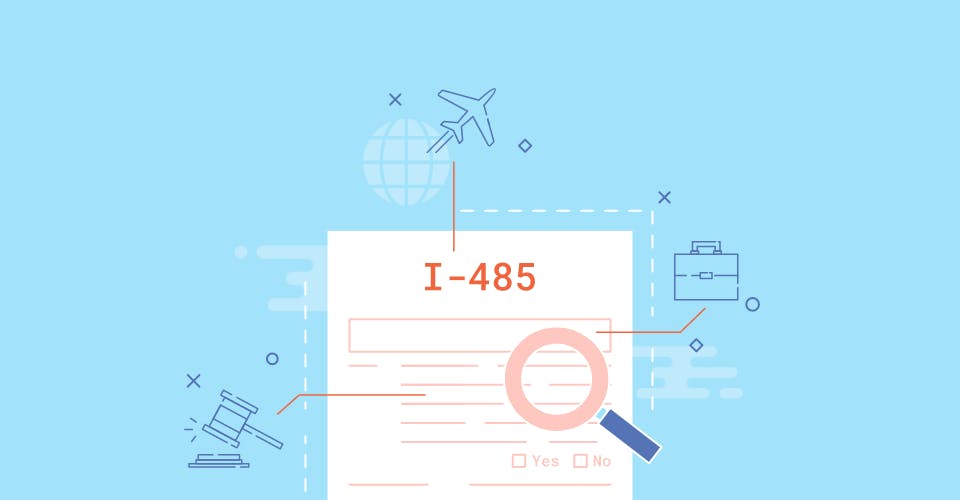While many individuals file their I-485 Adjustment of Status under the premise of being married to a U.S. citizen, others are looking to adjust their status because of employment benefits and flexibility when it comes to making long-term career moves. The filing also gives nonimmigrants the ability to continue their career in the United States, which can be a major advantage for individuals in specific sectors of employment.
Nonimmigrants, when being referred to in documentation and in public discourse, usually refers to an individual who is residing in the United States under a Non-immigrant Visa. An alien must apply for such a non-immigrant visa at a U.S. consulate or embassy abroad. In other words, immigrants come to a U.S. port of entry with their visa ready to be validated by CBP. In addition, U.S. consular officers have a wide range of discretion with regards to approving or denying a visa application.
Oftentimes, as is the case with student J-1 and F-1 Exchange and Student Visas, nonimmigrants come to the United States for a specific purpose, such as to study or participate in an exchange program at a university. Younger professionals tend to move back to their country of origin, however, after their visa expires, so there is no need to file or hope for an adjustment of status.
However, individuals who tend to be older in age, have family in the U.S. already and are working a career position, such as those on H1-B visas (a competitive type of visa), might file their I-485 Form and hope to get a green card to remain in the U.S., at their place of employment as a lawful permanent resident.
As such, here are some of the main benefits for those under this circumstance looking to adjust their status and become an LPR:
- The ability to apply for advanced parole. Essentially, advanced parole permits you to re-enter the U.S. without an immigrant/non-immigrant visa after traveling overseas. It also protects your pending AOS application from being abandoned.
- You might potentially have the ability to change employers after filing. For some EB-1 and EB-2 employees, you have the option to change employers 6 months after your AOS has been filed
- A job-based interview talking about your career is often less stressful than a marriage based interview
Overall, one should expect that the processing time for your I-485 application will take just as long as compared to those who are filing as married to U.S. citizens. The process is largely the same, with the exception of the above mentioned that the interview only includes the applicant. Applicants will still need to get fingerprinted via a Biometrics appointment, have their vaccines in order, and be sure to be prompt when following up and checking their mail for any updates. For more information, please be sure to visit: https://www.uscis.gov/green-card/green-card-eligibility/green-card-for-employment-based-immigrants














